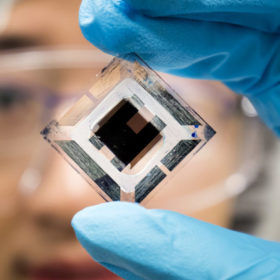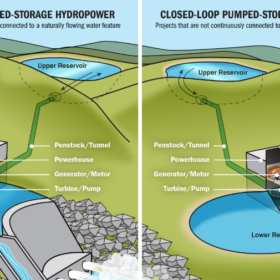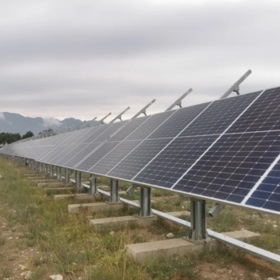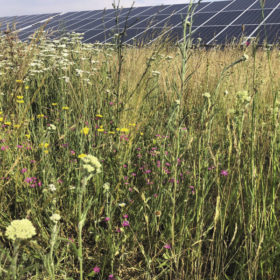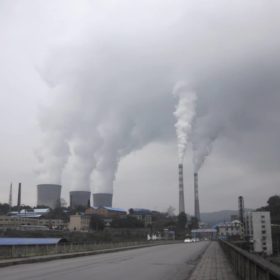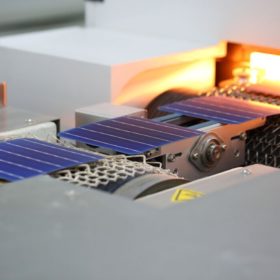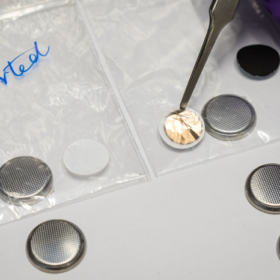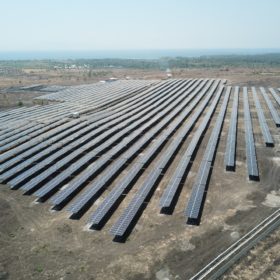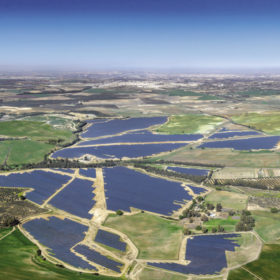New discovery could make organic PV competitive with crystalline silicon
A group of international researchers has observed how non-radiative charge recombination occurs in organic PV and claims to have identified a potential solution that could bring this solar tech closer to crystalline silicon in terms of power conversion efficiency.
Aussie scientists champion closed-loop pumped hydro
Closed-loop pumped-hydro storage offers more chances to minimise environmental effects on water sources and overcomes the problem of finding suitable sites. According to an Australian research team, closed-loop systems could prevail on open-loop systems in the future and this trend is confirmed by another group of scientists from the United States.
Comparing new solar module formats
JA Solar published data comparing its own modules, based on the 182mm wafer format, with others utilising the larger 210mm size over a six month period in field testing. The data show that the smaller of the two formats reached an average daily energy yield almost 2% higher. According to JA Solar’s analysis, the higher currents produced by the 210mm modules led to higher resistance, and more energy lost as heat.
Saturday read: PV for biodiversity
PV’s contribution to a cleaner future can go well beyond generating emissions-free energy, but maximising the opportunity is not always straightforward. Ragna Schmidt-Haupt, partner at Everoze and a board member at Skyray, argues that investors and lenders have to start making decisions today to fulfil the required disclosure regulations and make sure their fleet has a positive impact on biodiversity. The key challenge is to weigh the techno-economic-ecological risks, opportunities, costs and revenues.
How long do residential energy storage batteries last?
Multiple factors affect lifespan of a residential battery energy storage system. We examine the life of batteries in Part 3 of our series.
China pledges not to build new coal plants abroad yet questions remain
President Xi Jinping’s pledge this week at the United Nations General Assembly that China will not build new coal-fired plants abroad is welcome news; however, Asia’s transition to low carbon energies remains in dire need of policy reforms.
Exclusive: Compelling UNSW research shows tandem cells should succeed PERC for multi-terawatt production
The urgent global need for tens of terawatts of solar capacity to replace fossil fuels by 2050 signals it’s time to hone in on developing the most sustainable technologies — before reserves of silver, indium and bismuth dry up.
Novel technique to prevent fires in lithium-ion batteries
Singaporean scientists have developed a special device that prevents the formation of dendrites in lithium-ion storage. The additional layer they created works as an interface on behalf of the negative electrode, to exchange lithium-ions with the positive electrode.
The world’s largest solar parks
In the third of a series of four blogs, solar pioneer Philip Wolfe lists the world’s largest solar parks. In these articles, a “solar park” is defined as a group of co-located solar power plants.
Sunday read: Price cannibalisation threatens PV growth
As solar deployment increases, concerns about price cannibalisation continue to be more and more relevant. Large-scale solar generation during midday hours may result in curtailment or unprofitable wholesale power prices. As supply increases, the economic viability of solar PV projects could fall into question.
